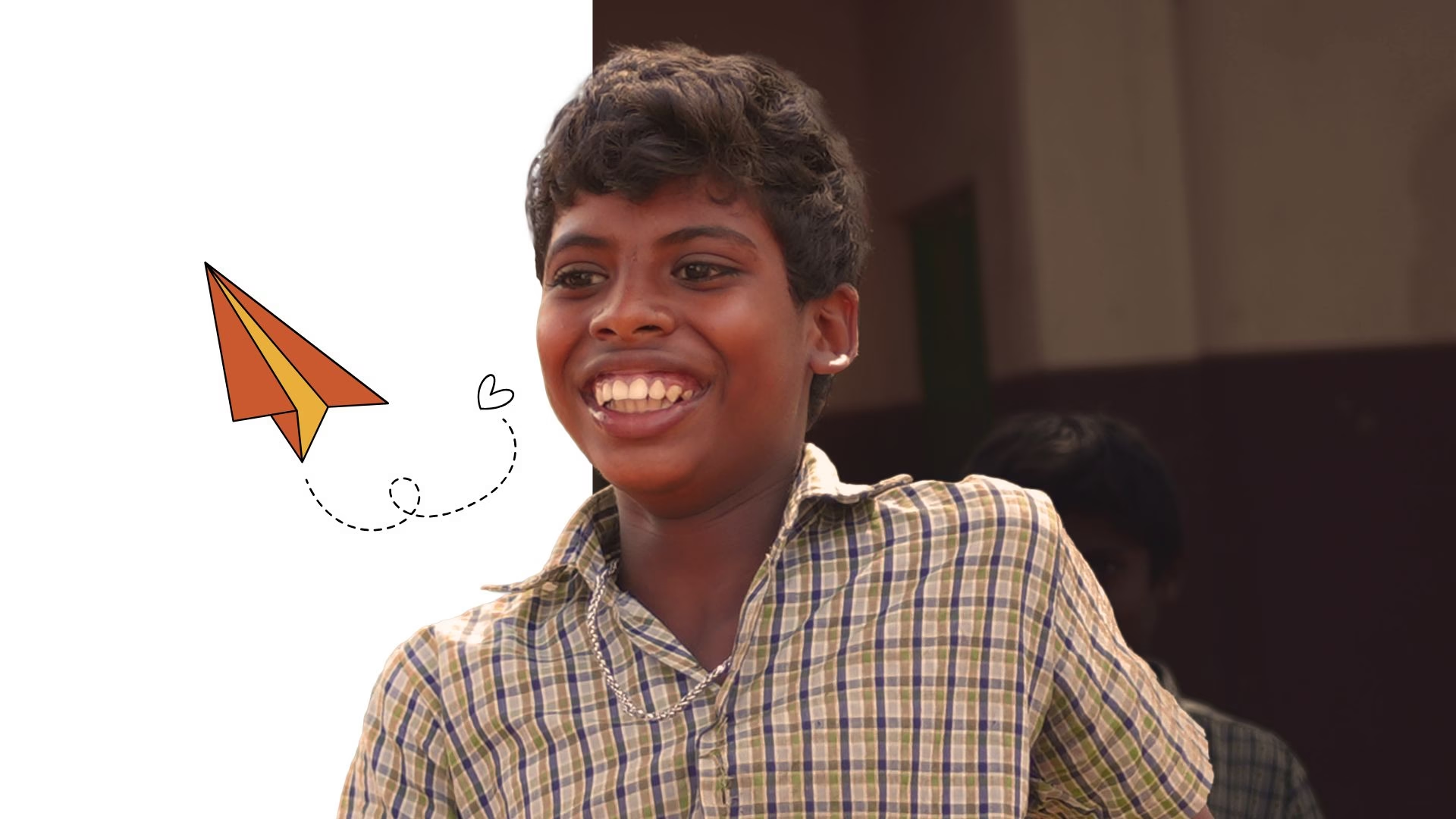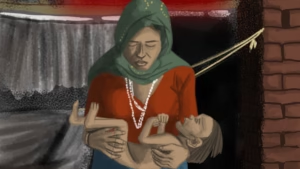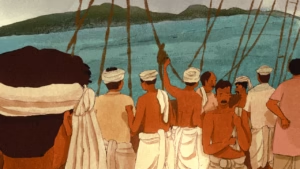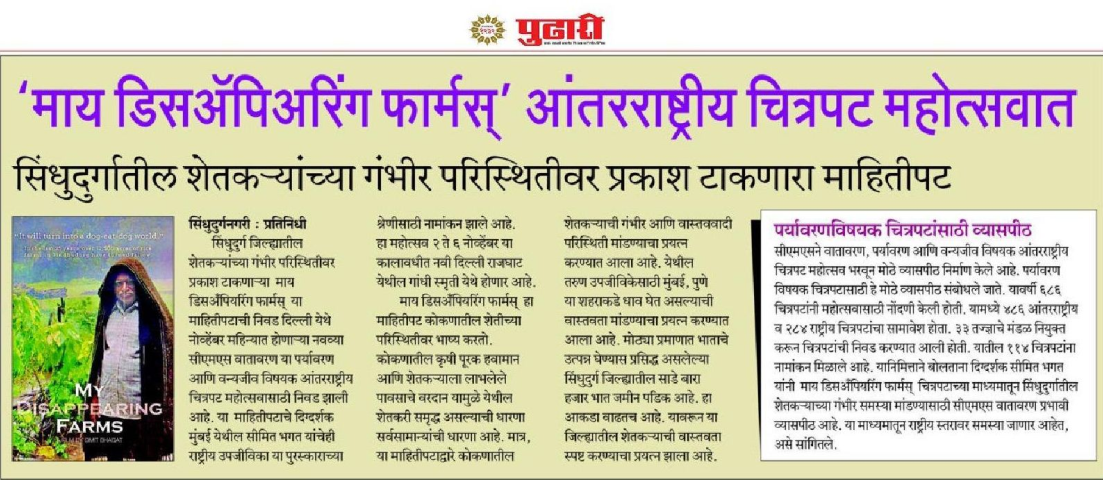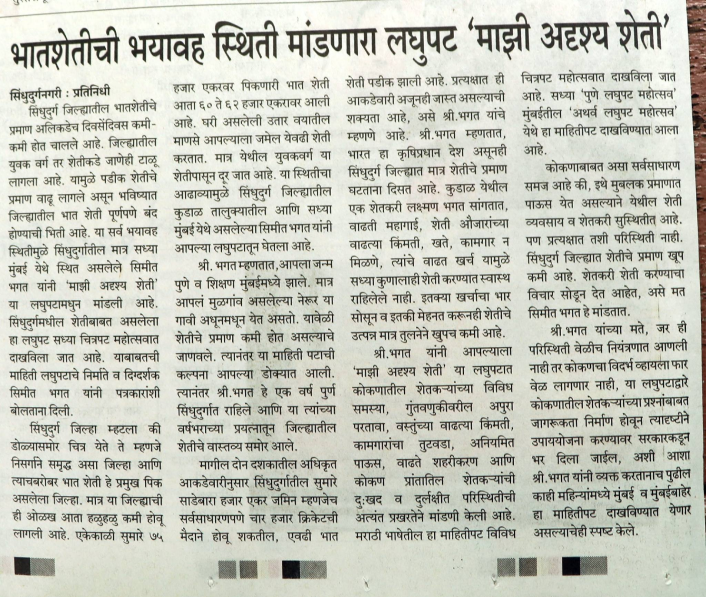The first time Munishwaran saw his mother’s face, he froze. For twelve years, he had only known her by voice and touch. A life-changing surgery changed that—and we were there to tell his story.
And that’s the thing about case studies—they’re not just reports of impact. They’re windows into lived experience. Done well, they move beyond metrics and reveal the human heartbeat of a programme.
We worked with Sankara Eye Hospital to capture the stories of their beneficiaries whose lives were transformed through free eye care. Each story taught us something—not just about sight, but about how organisations can approach storytelling with sensitivity, authenticity, and purpose.
Language Differences? Build Bridges, Not Barriers
When we interviewed Munishwaran in Tamil Nadu, the conversation flowed smoothly. A member of our team spoke Tamil, as did his teachers and Sankara’s team. This shared language made it easier to get deeper insights—how he once walked to school guided by his brother, how he picked up a pencil after surgery, how he now dreams of joining the police force. It was a rich, fluid exchange.
With Prabhakar in Andhra Pradesh, the situation was different. He spoke Telugu, which no one on our team did. But even though there was no perfect language match, we still managed to piece his story together with the help of Sankara staff member.
Across the conversation, we captured powerful snippets—how Prabhakar initially feared surgery, how he found comfort in fellow patients’ stories, how thrilled he was to be earning again and encouraging others to seek treatment. All these fragments came together to form a full narrative arc.
Even without a shared language, a mix of patience, teamwork, and emotional cues helped us build a story that felt whole and honest.
Remote Interviews Can Work—With Patience and Planning
All the interviews were done over the phone. In areas like Murbad, Maharashtra—where 70-year-old Mahadu lives—network quality can fluctuate. At times, the voice at the other end would fade slightly, or we’d miss a word or two. But with some patience and repetition, we were able to gather everything we needed.
With some patience and repetition, we were able to gather everything we needed.
We simply repeated questions gently, confirmed what we heard, and slowed things down. These extra few minutes gave us a story that was worth every second—how Mahadu hadn’t woven a basket in almost two years, how the first thing he did after surgery was walk to his rice paddy, how he finally felt useful again.
And if anything wasn’t clear during the call? The Sankara team followed up. They helped clarify certain details after the interview, which ensured the final narrative was both accurate and complete.
With a calm pace and open line of communication, even phone-based interviews in remote locations can produce deeply human stories.
Emotion Doesn’t Always Come Easily—Ask with Intention
Most beneficiaries don’t begin with long, expressive answers. When asked how the experience was, many understandably say, “It was good.” That’s where thoughtful questioning comes in.
Instead of general prompts, we used specific ones: What did you feel the night before surgery? What‘s the first thing you noticed when the bandage came off? What did you miss doing when your vision was affected?
In Mahadu’s case, asking how he felt about weaving again opened the door to a much deeper story—about dignity, daily rhythm, and a sense of purpose returning to his life. In Prabhakar’s case, it helped us understand how much it meant for him to no longer rely on others and to tell his passengers about Sankara with pride.
A little extra care in framing our questions allowed us to move beyond surface-level responses and into stories that captured both struggle and strength.
Case Studies Take Time—But They Give Back So Much More
What these three case studies reminded us is that a powerful story doesn’t appear fully formed. It takes a few questions, a few pauses, and a few return calls. But if you listen closely, even a short interview can contain a lifetime’s worth of meaning.
If you listen closely, even a short interview can contain a lifetime’s worth of meaning.
From a boy who drew his first picture, to a man back in his driver’s seat, to an elder picking up bamboo again—these are not just stories of sight regained. They are stories of life restarted.
And despite all the logistical realities—language, signal, pace—each one came together. Not perfectly. But beautifully.
A little adaptability, the right collaborators, and a strong sense of purpose are often all you need to tell a story that truly connects.
If you’d like to read more real-world case studies from the nonprofit sector—and learn how to bring your own organisation’s work to life through thoughtful, impactful storytelling—subscribe to our newsletter.

